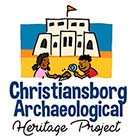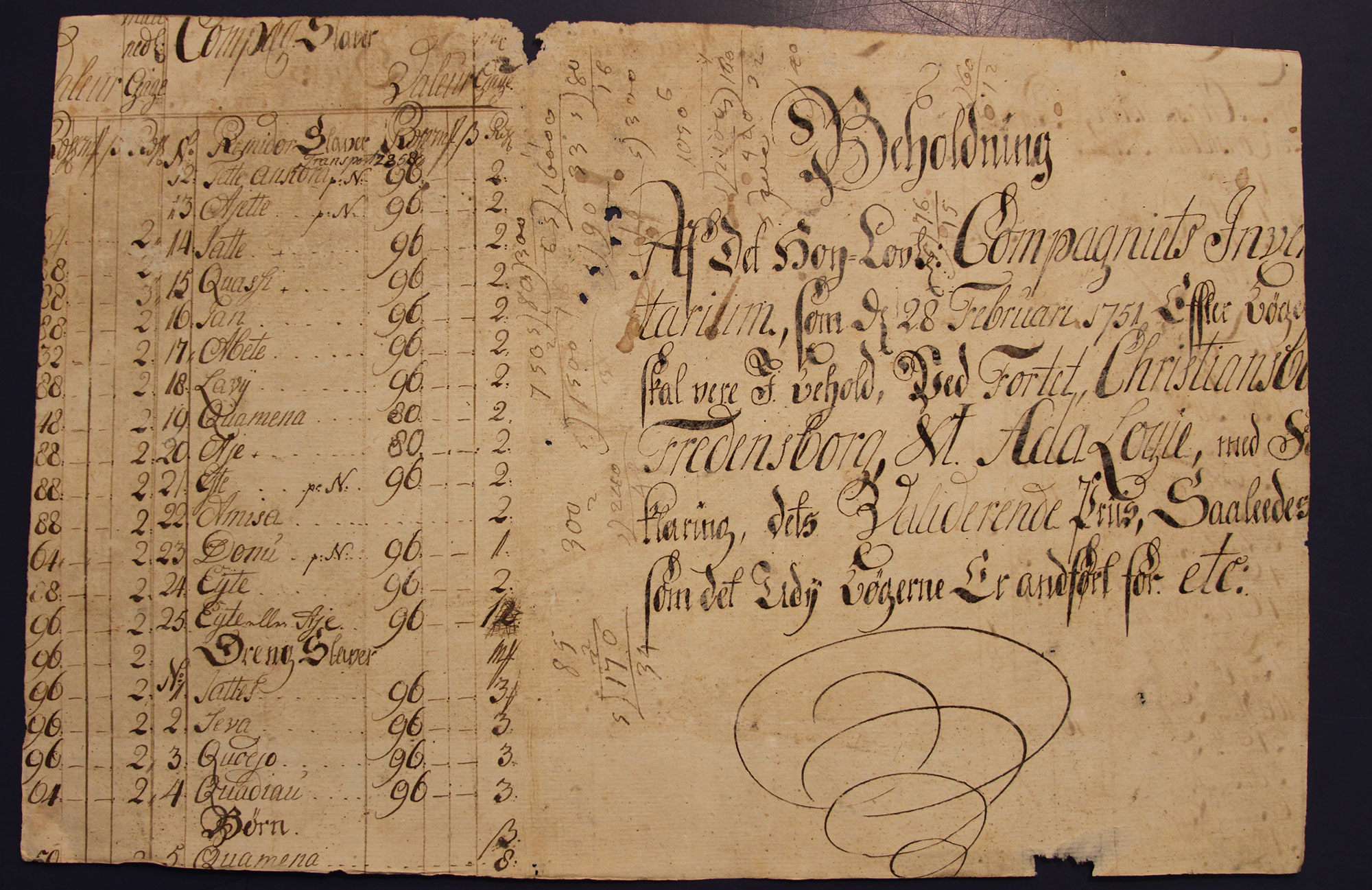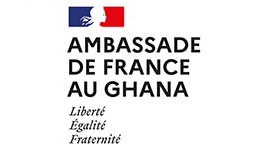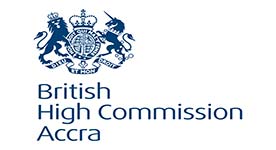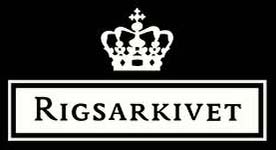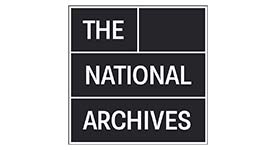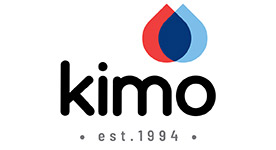History
History
Christiansborg Castle – A Unique Heritage Site
Christiansborg Castle is Ghana’s most important heritage site. A UNESCO World Heritage Site, it is a former 17th-century Danish trading post, British colonial seat of government, and until recently, Office of the President of the Republic of Ghana (presently, it serves as a government annex). Today, it is known as ‘The Castle’ or ‘Osu Castle.’ An image of the Castle is featured on the Ghana Coat of Arms and Ghanaian currency.
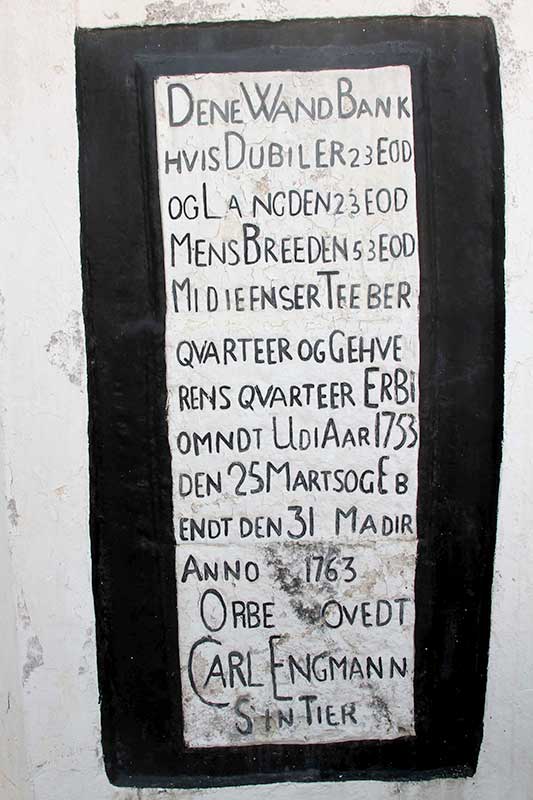
Christiansborg Castle is situated in Osu, Accra on the West African coast, formerly and notoriously known as the “White Man’s Grave.” Its origins began in 1652, when the Swedes built a trading post. In 1661, Denmark purchased the site from the local ruler, Okaikoi for 3,200 gold florins. The Danes constructed Fort Christiansborg (‘Christians Fortress’), named after King Christian IV. Over time, the Danes enlarged the fort and converted it into a castle to provide increased living and storage space, as well as to meet the need for stronger defenses to compete with the Dutch and English trade on the coast.
The Castle was constructed of stone, lime and timber with walls that depicted the ciphers of the Danish monarchs, Christian VI and Christian VII. It contained residential quarters, storerooms, cells, a chapel, a school, and a bell tower. In the courtyard, a cistern was inscribed with the name of a Danish Governor, Carl Gustav Engmann (1752-1757). Danes, Ga, and Danish-Ga lived and worked at the Castle, including a governor, administrators, bookkeeper, physician, chaplain, and garrison of soldiers. ‘Castle slaves’ labored as canoe men, domestics, and craftsmen (blacksmiths, carpenters, coopers, masons), and whose work also included supervising captive Africans.
African captives were incarcerated in cells inside the castle. An awful stench pervaded the courtyard. Since the Castle was small, many were incarcerated in town. The enslaved were restrained by iron neck and ankle collars and chained to heavy wooden or iron blocks to hinder movement.
Guns, ammunition, liquor, cloth, iron tools, brass objects, smoking pipes, tobacco, cloth, and glass beads were exchanged for gold and ivory, as well as captive Africans who were transported to St. Croix, St. John and St. Thomas islands in the Danish West Indies (today, the United States Virgin Islands). The Danish transatlantic slave trade transported approximately 126,000 captive African men, women, and children.
Christiansborg Castle was so important to the Danish economy that between 1688 and 1747, Danish ducats and double ducats bore the Castle’s image and the inscription, ‘Christiansborg’. In 1685, the Castle became the Danish administrative headquarters in West Africa. Denmark accumulated significant wealth from its centuries’ long involvement in slave trading and slavery.
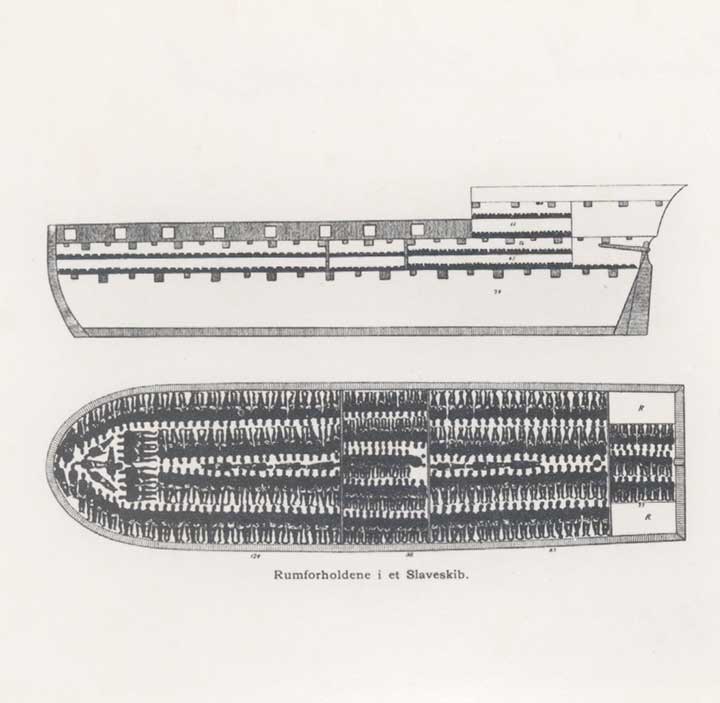
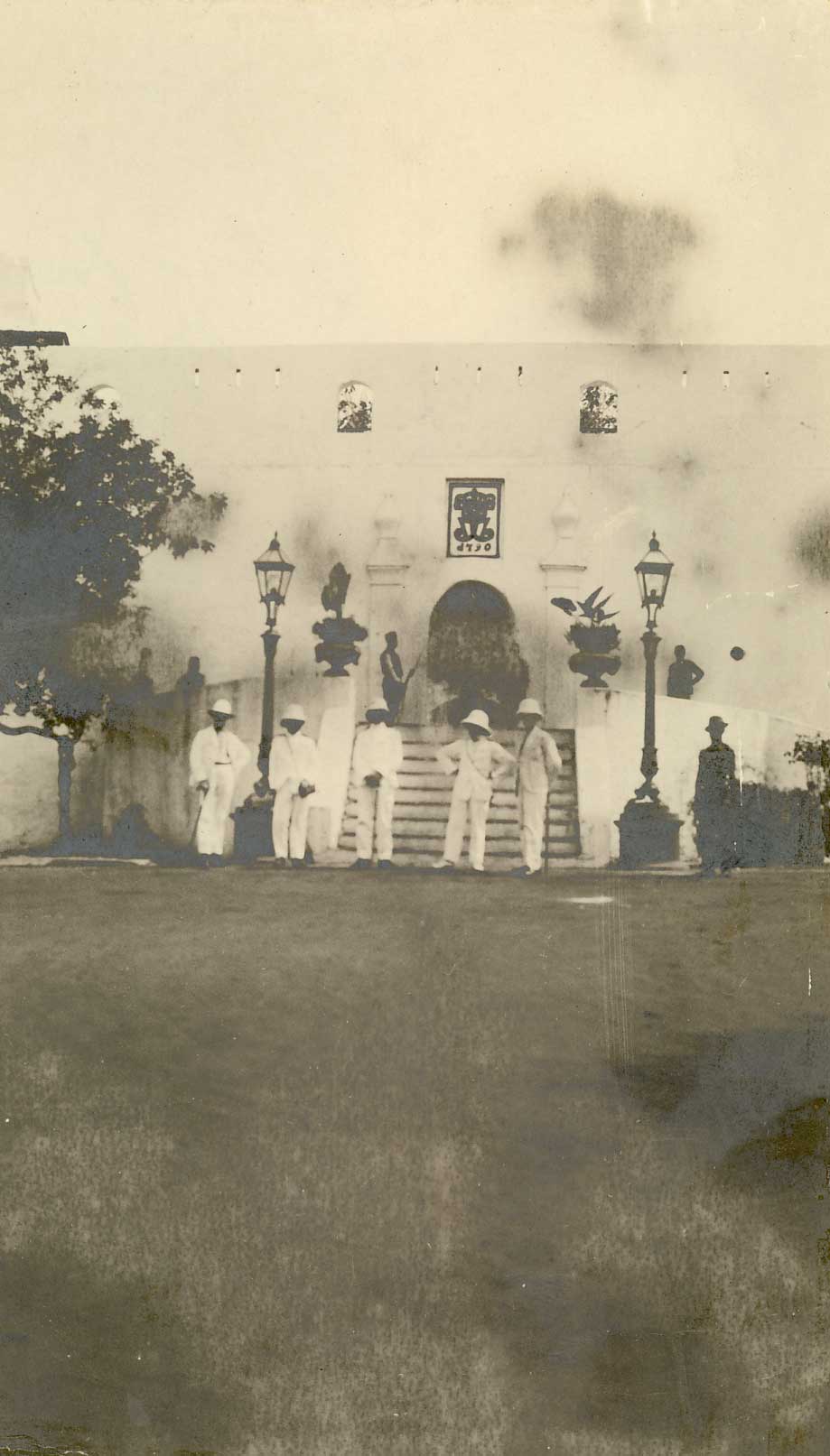
Apart from a few brief periods, the site remained occupied by the Danish. Between 1679 and 1683, it was sold and occupied by the Portuguese (renamed Fort Sao Francis Xavier), and between 1685 and 1689 it was remortgaged to the British. In 1693, Asameni, an Akwamu royal and trader, along with his men disguised as traders who wished to purchase guns and ammunitions, entered the Castle and through subterfuge, gained possession. Asameni assumed the title of Governor and donned a Danish officer’s official uniform, until the site was returned to the Danes in 1694. However, the keys of the Castle were never returned and to this day continue to be part of Akwamu stool property.
The Danish Edict of 16th March 1792 officially marked the abolition of the Danish transatlantic slave trade, though it was not enforced until 1803. However, this ten-year period of ‘adjustment’ meant that the Danes claimed to be the first nation to abolish the transatlantic slave trade. With Denmark’s loss of Norway to Sweden from 1814 onwards, the country faced unprecedented financial difficulties, yet was reluctant to give up its territories. However, in 1850, Denmark sold Christiansborg Castle to the British for £10,000 (along with its other fortifications and the plantations).
In 1862, Christiansborg Castle was severely damaged by an earthquake, and two of the upper floors collapsed. These were reconstructed and in 1873, the Castle became the British seat of colonial government in the Gold Coast. After 1876, British colonial Governors resided in the Castle but abandoned it between 1890 and 1901. During that period, it functioned as a constabulary mess and a psychiatric hospital. In 1902, it reverted to the seat of government under colonial British rule.
With Ghana’s independence from Britain in 1957, Christiansborg Castle was renamed Government House. In 1960, Kwame Nkrumah was appointed the first President and Head of State. The Castle continued as the seat of government and also served as the President’s official residence. In 1993, President Flt. Lt. Jerry John Rawlings continued this arrangement. But in 2009, President Kuffour moved the seat of government into Flagstaff House, because he felt it was inappropriate for the seat of government to be located in a building identified with the transatlantic slave trade. But, President John Atta Mills subsequently reversed that decision later that year. However, in 2013 the seat of government and the official residence moved back to Flagstaff House under President John Dramani Mahama.
In February 2017, President Nana Addo Dankwa Akufo-Addo announced plans to convert the Castle into a Heads of State Museum. Most of the Ghana government departments are based at Jubilee House but some government employees remain at the Castle.
Today, Christiansborg Castle is protected as a National Monument under the National Liberation Council Decree (N.L.C.D) 387 of 1969 and Executive Instrument (E.I) 29 of 1973.

The Christiansborg Archaeological Heritage Project (CAHP) are the first researchers granted access to the Castle. This is the first archaeological excavation at the site.
